
Why the Thompson-Neely Farmstead?
Click the video below for 76 seconds of History, a video produced by the Friends of Washington Crossing Park
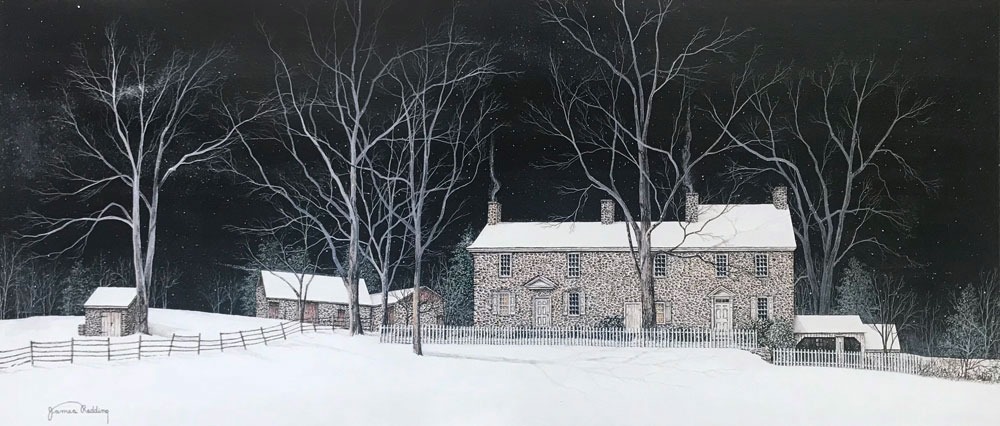

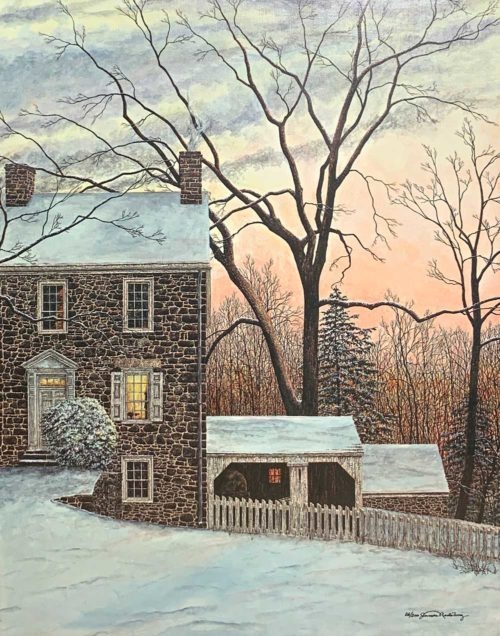

The image above (Thompson Neely Sunset) is a reproduction from the original artwork collection by acclaimed Bucks County artist James Redding; it is presented here with his permission." To view more of Mr. Redding's artwork visit the website @ www.studio@jamesredding.com
The Thompson Neely Farmstead
"Thompson-Neely House" (image below) is a reproduction from the original artwork collection by acclaimed Bucks County artist James Redding; it is presented here with his permission. Thank you Mr. Redding! To view more of Mr. Redding's artwork visit the website @ www.studio@jamesredding.com
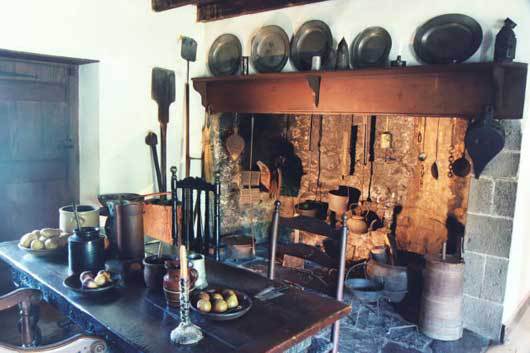

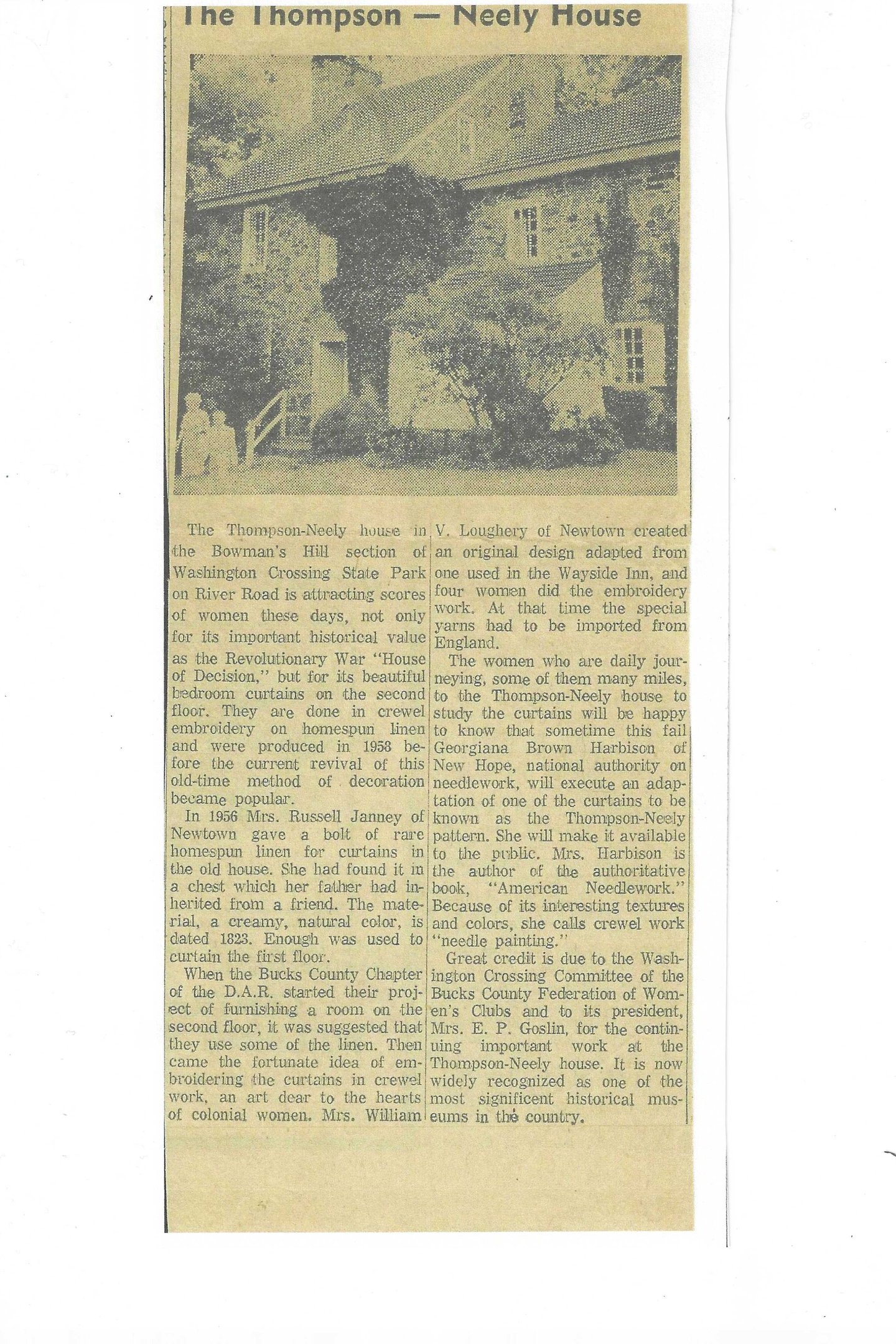

The Thompson-Neely House served as the `House of Decision' and as an army hospital during General George Washington's military encampment of the Continental Army in December 1776. Ill and injured soldiers were brought to this home and farm for medical treatment and recovery. A young officer from Virginia named James Monroe (fifth President of the US), who was seriously injured during the First Battle of Trenton, convalesced here. Wounded with Monroe was William Washington, a cousin of the commander-in-chief. He too recovered at this location. Washington's soldiers encamped at the Thompson Farmstead for 10 days leading up to the historic crossing of the Delaware on Christmas Night. It was here that Washington would meet daily with his military leaders to ascertain the condition of the troops, to discuss plans for the Revolutionary War, and to make the decision for the famous crossing of the Delaware River and to attack the enemy Hessians at Trenton. Captain James Moore of the New York Artillery died here of camp fever on Christmas day and is buried on the property (in what is now the Soldiers' Graves area), along with other men who died during the encampment. Strategy meetings at the Thompson-Neely farmstead included young Alexander Hamilton, Lord Sterling, Captain William Washington, Lieutenant James Monroe, Colonel Hugh Mercer, and most probably Lieutenant John Marshall (later chief justice of the Supreme Court).
On the National Register of Historic Places the Thompson-Neely House is a fine example of vernacular 18th-century architecture. Its expansion from a low, one room dwelling to a two-story, multi-roomed farmhouse reflects the growth of colonial Pennsylvania's agricultural economy and the prosperity enjoyed by those who milled grain into flour for export. Early Scots-Irish settler John Pidcock, who farmed and traded with the Native Americans, settled on this site before 1701. The next owner of the property, Quaker miller John Simpson, constructed the original central section of this house about 1740, as well as a gristmill along Pidcock Creek. At the time of his death in 1747, Simpson was a prosperous farmer with an interest in a sawmill besides his other holdings.
Hannah Simpson, widow of John Simpson, married Scots-Irish miller Robert Thompson in 1748, whose farming, grist milling, and saw milling businesses on the property made him one of the wealthiest men in Solebury Township by 1761. When the Revolutionary War began, the elderly Robert, wife Hannah, daughter Elizabeth and son-in-law William Neely lived in the home. The patriotic Thompsons supported the war effort. Owner Robert Thompson supplied the troops with grain and flour for making bread, son-in-law William Neely was an officer in the local militia, and Robert and Hannah's daughter "Elizabeth Thompson-Neely came over each day to help as best she could. There was something about the tea she brewed and the gruel she cooked that made them feel better." (House of Decision by historian Ann Hawkes Hutton, 1956). Although unconfirmed, at least one source cited that Thomas Paine wrote the now infamous "Common Sense" at the Thompson-Neely Farmstead (Bucks County Traveler, June 1956, page 4).
William Davis, in his detailed 1876 History of Bucks County, reports that "Robert Thompson had the reputation of never turning a poor man away from his mill with his bag empty, whether he had money of not." (page 281)
In 1757, owner Robert Thompson built a two-story addition on the west end (away from the river) of the house. Nine years later, when his daughter Elizabeth married Ulster-Scot immigrant William Neely, he added a second story above the old first section. The households of both families were under the same roof when 7,400 Continental army troops encamped on the farm and in the area during December 1776. Robert Thompson enlarged the house once again by constructing the two-story east wing in 1788 to accommodate the Neely's growing family. Taller ceilings gave this newest portion a higher roof line than the existing structure.
When he died in 1804, Robert Thompson left his large estate to his grandson, Robert Thompson Neely, including the main farmhouse with outbuildings, two mills, a cooper's shop, and a distillery. When the Commonwealth of Pennsylvania acquired it in 1926, the building had been little changed since the early 19th century. Once the centerpiece of a working farm and milling complex, the Thompson-Neely House is surrounded by the numerous outbuildings needed for farm life in the 18th-century, such as the restored Grist Mill, barn, and out-buildings. The Washington Crossing Historic Park, run by the Friends of Washington Crossing Park, maintains the farmstead, conducts regular tours of such, and even keeps a small herd of sheep in the restored barn!
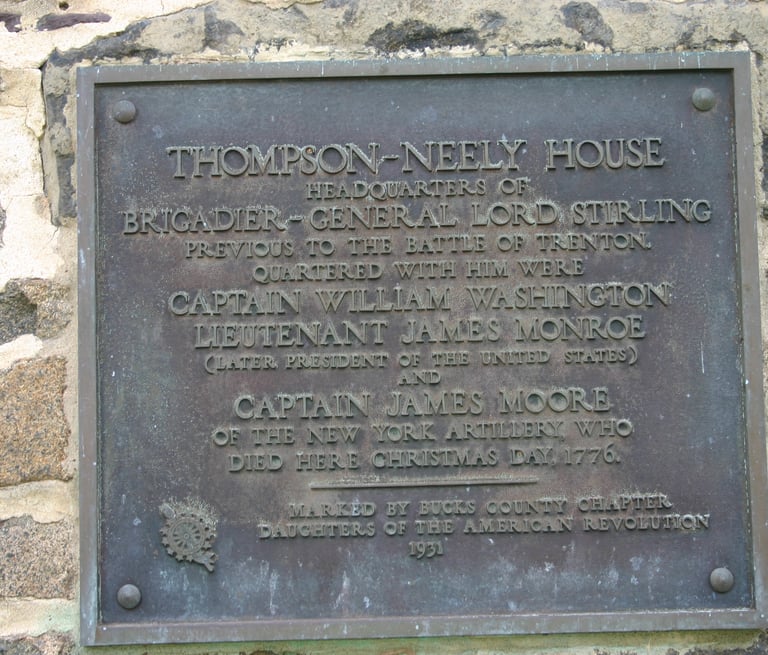

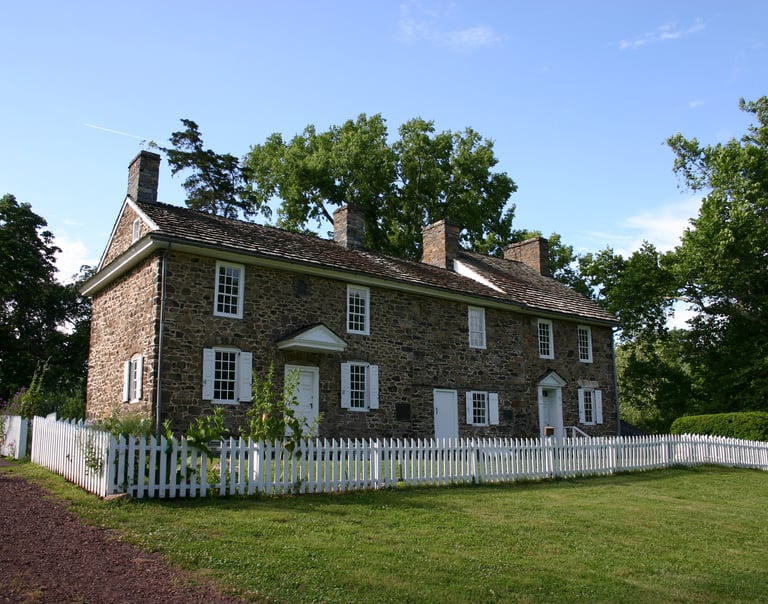

The following pictures were provided by Dr. Neale Messina. Thank you Neale.
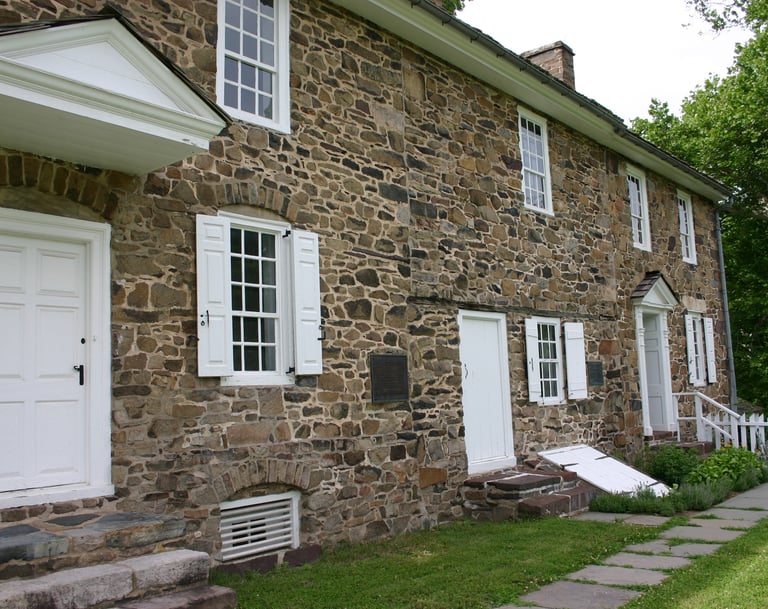

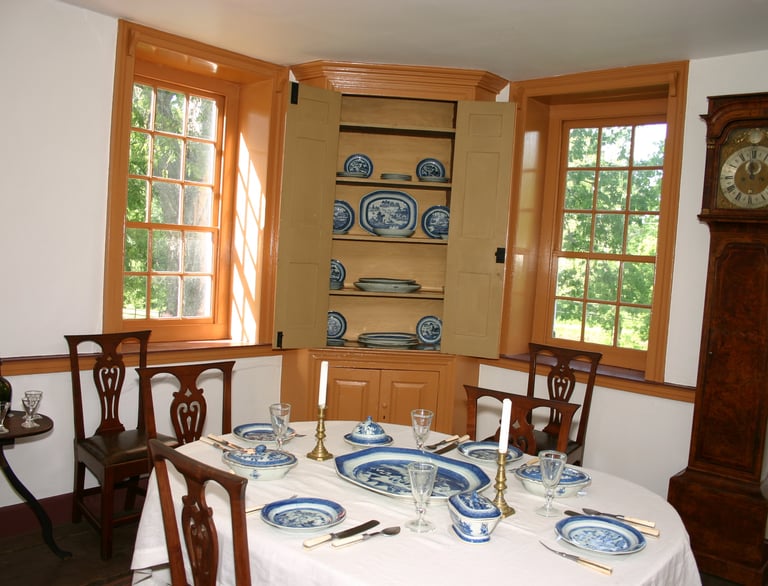

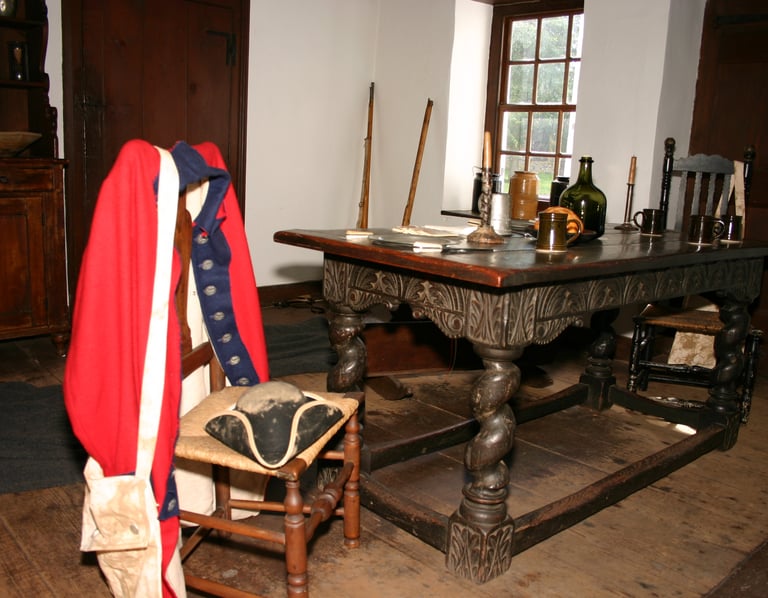

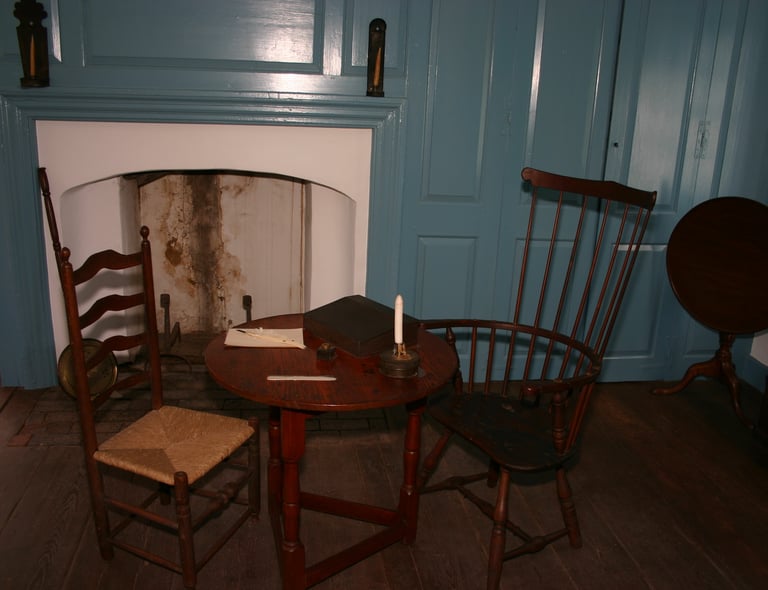

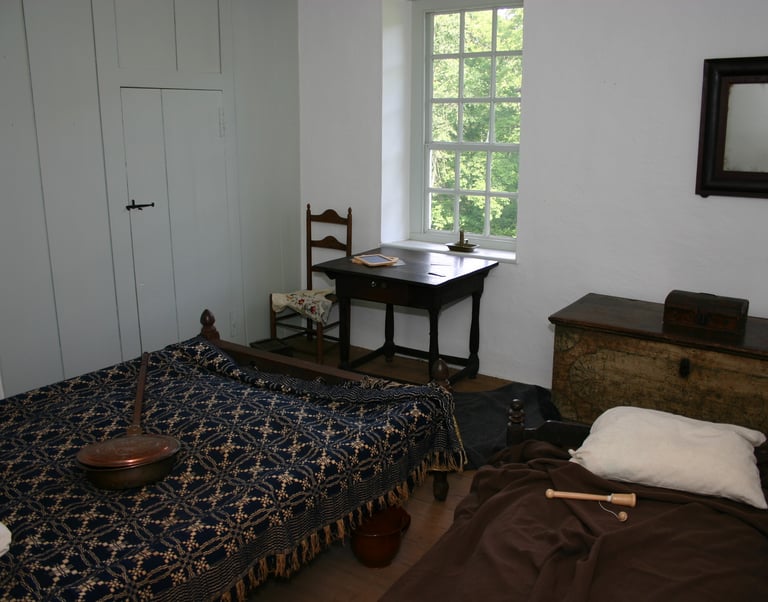

_____________________________________________________________________________________________________________________________________________________
